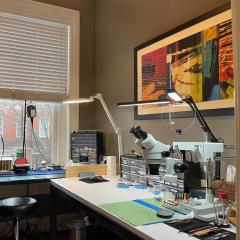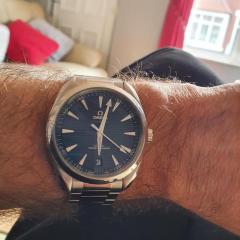Dial feet repair - All techniques
-
Recently Browsing
- No registered users viewing this page.
-
Topics
-
Posts
-
By watchweasol · Posted
Hi. First thing to do is measure your oil movement as the vx32E and the 43 look very similar but one is a couple of mill smaller the vx32E. Also the canon pinion heights differ attached tech sheets for 7N22. And VX43, check details on the sheets. 7N22A_29A_33A_42A_43A.pdf VX43.pdf Hattori VX32E - Specification.pdf Hattori VX32E - Disassemble.pdf -
Thank you for your introduction and welcome to this friendly forum. We all look forward to your contributions and continued involvement.
-
By Neverenoughwatches · Posted
I was spitting out flowers and leaves for 10 minutes, fortunately 3 people saw it and promptly whipped out their phones to film the quick " nothing to see here " recovery 🤣🤣 -
By Neverenoughwatches · Posted
I know I'm wierd as well, i tripped over my own feet today and landed face first in a huge heather bush with my gob wide open. 🤣🤣🤣
-







Recommended Posts
Join the conversation
You can post now and register later. If you have an account, sign in now to post with your account.
Note: Your post will require moderator approval before it will be visible.